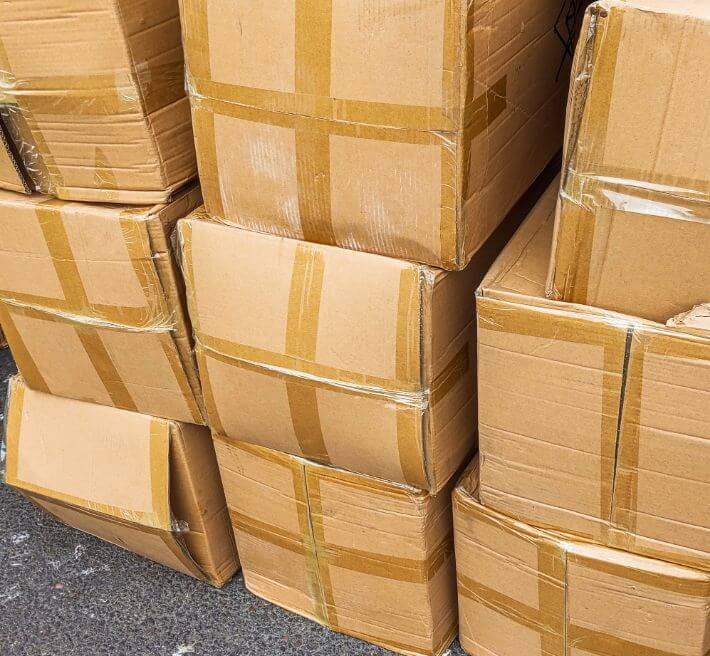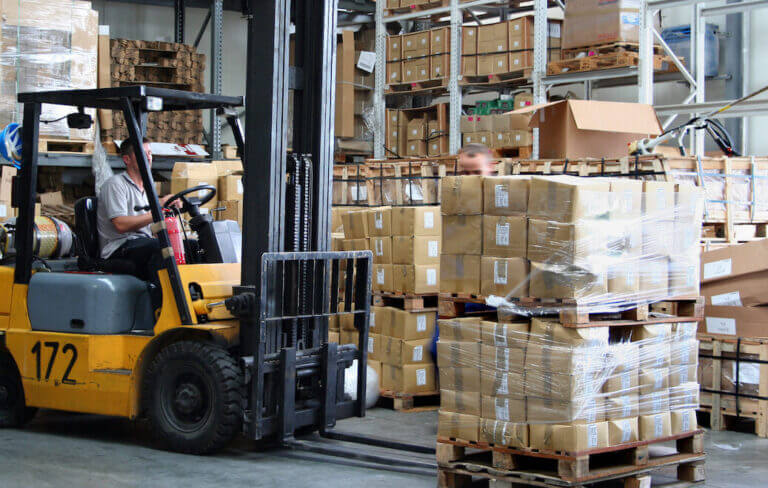

There is a line on everyone’s P&L that references the cost of returns, but it’s misleading. It typically doesn’t factor in the associated shipping and labor costs, or the discounts incurred to sell a damaged product.
Do you know what else ends up damaged? Your reputation and margins.
BoldSmith reduces damage by preventing it from happening. We visit all stopping points in the package’s journey, assign measurement to the likelihood of stress, and use this data to create a custom transit testing protocol for your specific supply chain. Our data recording devices provide a detailed look into both internal and external conditions to determine exactly how a package is handled. This testing protocol is used to design and verify performance of the recommended packaging solutions.
Less damage, fewer returns, reputation saved
Interested in seeing more BoldtSmith solutions? Explore all of our case studies.















That’s where we come in. Finding out where, when and WHY the damage is occurring, and to what extent, is the data that informs our solutions.
BoldtSmith will visit all stopping points throughout a package’s transit journey to observe how the product is handled and stored. We also use data recording devices to record the hazards that occur. These two data points give us the information to create a custom testing protocol that matches the hazards that occur in the supply chain.
Standard tests may give some people confidence, but they are in no way a guarantee or a prediction of how your product will fare in transport. The only way you can effectively identify issues and map a course for damage reduction is to create a custom testing protocol that matches the hazards in your specific supply chain.
That’s where we come in.
Transit testing provides data, both metric and observational.
Most of our customers are looking for efficiency and production. That is science, and science needs data. We test prior to redesign, and then after prototypes are created to calculate the balance of production cost, damage performance, transit cost reductions and user experience.
The data will give you confidence to move forward with what could be a million dollar savings.
Will your current packaging pass the transit test?
1701 Pearl Street Suite 2
Waukesha, WI 53186
+1 262-203-9522
Want to keep up with our latest news and alerts? Sign up now and stay in the know.
Copyright © 2024 BoldtSmithPackaging.com